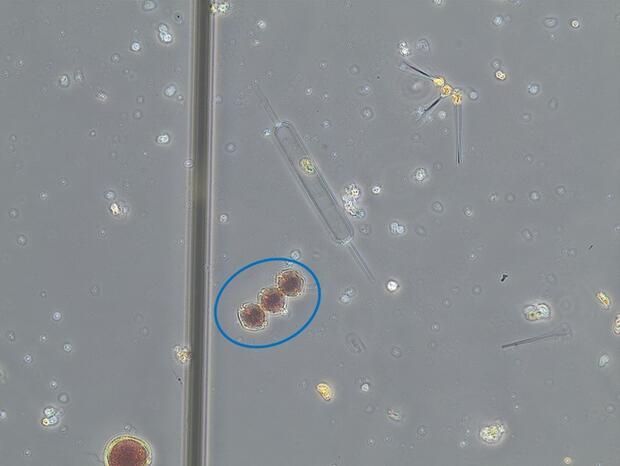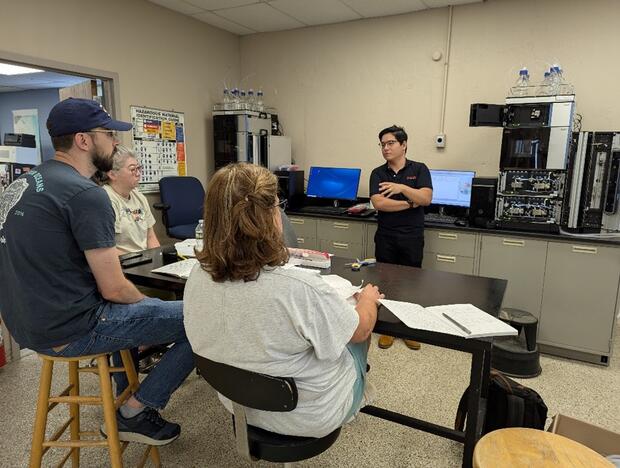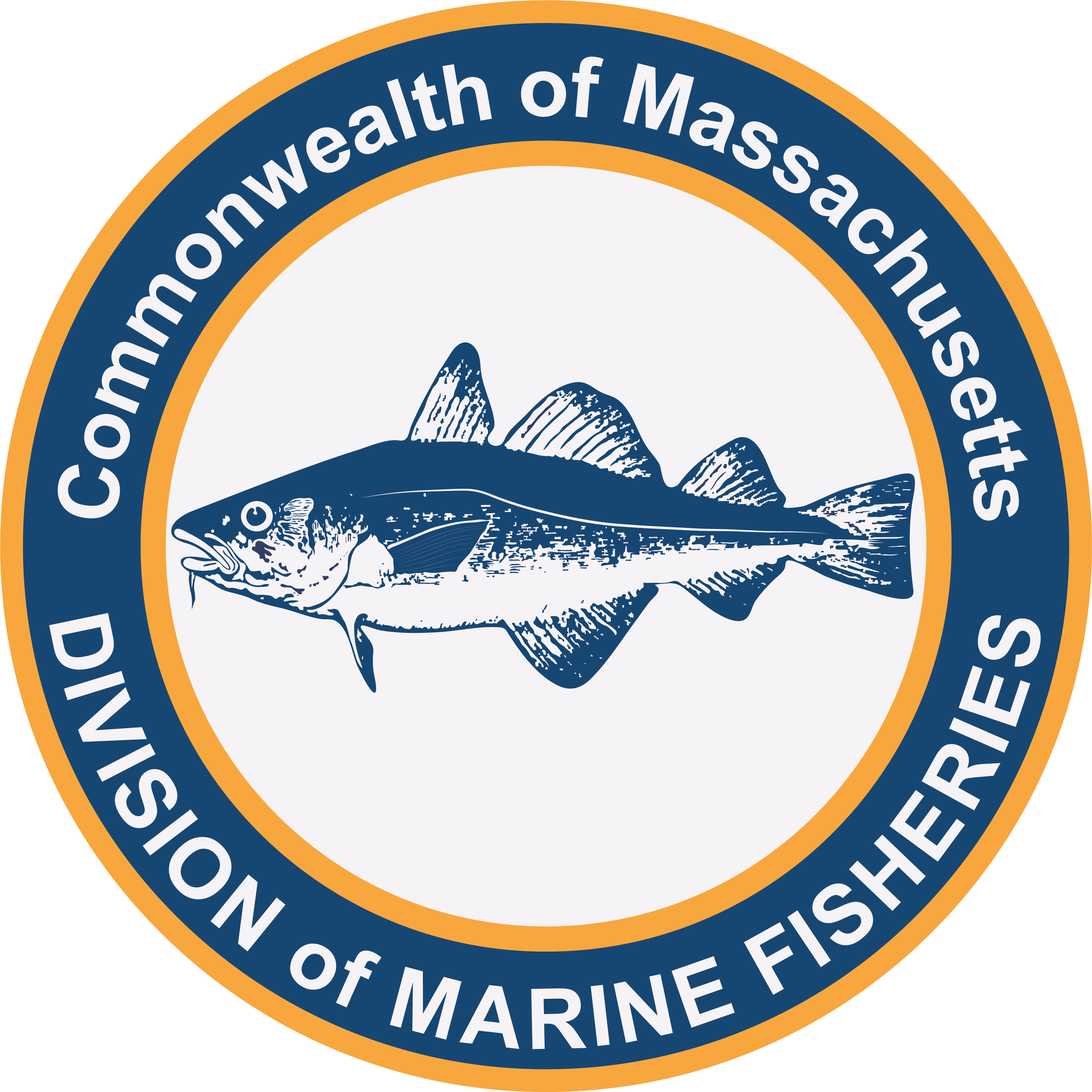- Division of Marine Fisheries
DMF operates three laboratories to generate data in support of the state's Shellfish Sanitation and Management Program. The labs, located in Newburyport, Gloucester, and New Bedford, historically analyzed water and shellfish samples for indicators of sewage pollution and naturally occurring biotoxins produced by marine algae to protect public health and the $450-million annual shellfish industry in Massachusetts, the most valuable in the country. In recent years, the shellfish resource in Massachusetts has been increasingly impacted by new threats driven largely by climate change which necessitated a major expansion of the analytical capabilities of our labs.
Massachusetts, like many states, has seen a dramatic rise in intense rain events, leading to increased stormwater runoff and combined sewer overflow (CSO) events. Consequently, we have observed a growing number of impactful shellfish bed closures. Coupled with the National Shellfish Sanitation Program's (NSSP) mandate for buffer zones around wastewater treatment plant outfalls and sewage overflow locations, these climate-driven storms severely affect our shellfishing industry. The NSSP has recently adopted the use of male-specific coliphage (MSC) as a viral indicator. MSC are a group of viruses known as bacteriophages that infect piliated Escherichia coli, exhibiting morphological and seasonal characteristics similar to those of Norovirus (NoV), which is a leading cause of shellfish and other food-borne illness around the country. Unlike traditional detection methods for NoV, MSC can be quantified using a simple and cost-effective method that generates results in less than 24 hours.
The combined use of both MSC and the traditional fecal coliform results provides a more precise indicator of the public health risk associated with these contaminated discharges. In some circumstances this testing can reduce the mandatory closure times following discharges by up to 14 days. With one DMF lab complete and the two other labs busy conducting the necessary method verification work, we expect all three of our labs to soon be certified to utilize this new test. MSC will be a game changer in terms of both increasing harvest opportunities and better protecting public health in Massachusetts. This will be a particularly valuable new capability on the South Coast where we have the unique combination of a burgeoning shellfish aquaculture industry in close proximity to our older industrial cities.
Perhaps even more directly related to climate change is the dramatic increase in the occurrence of Harmful Algal Blooms (HABs) being observed around the globe in both freshwater and marine environments. Caused by a combination of increased nutrient pollution, local changes in temperature and salinity, and large-scale shifts in water mass circulation, these blooms of algae can produce myriad types of chemical toxins that can be harmful to both wildlife and people. Shellfish can concentrate these toxins in their bodies when they filter feed on the algae, making them dangerous to eat if the toxin-producing species are present in high enough numbers. Historically, DMF has been primarily concerned with HABs caused by a single species called Alexandrium catenella which caused the notorious “red tides” which previously affected mostly the North Shore and the Outer Cape. This species produces a suite of neurotoxins known as saxitoxin that causes Paralytic Shellfish Poisoning (PSP) which can cause paralysis or even death if consumed in high enough concentrations. Unfortunately, Alexandrium recently began showing up all over the State and other species also known to cause HABs are increasingly becoming common in our waters leading to widespread concern. In recent years, DMF has had to institute shellfish bed closures because of blooms of various species of Pseudo-nitzschia, which causes Amnesic Shellfish Poisoning (ASP), as well as Dinophysis, which causes Diarrheic Shellfish Poison (DSP). Even species of Karenia, which cause Neurotoxic Shellfish Poisoning (NSP) and were historically thought to only impact southern waters, have recently been detected by DMF lab staff in Massachusetts!
Unlike PSP, which is analyzed using a long-established bioassay method, the detection of new toxins in our waters is more complex. Until now, DMF primarily relied on collecting seawater samples, counting toxin-producing species, conducting basic screening tests, and sending samples out of state for further testing to inform shellfish bed closure decisions. With the increasing frequency, severity and complexity of HABs, this approach is no longer feasible, prompting DMF to invest in enhancing our capability to monitor these species and toxins.
Last year, DMF received internal grant funding through the state's Hazard Mitigation and Climate Adaption Plan to procure two High Performance Liquid Chromatography (HPLC) instruments for both the New Bedford and Gloucester laboratories. These instruments can test for virtually any chemical compound in liquids and foods and will allow us to test shellfish for the presence of algal toxins. These sophisticated instruments will provide advanced analytical capabilities previously unavailable in our shellfish that not only will improve our ability to protect public health but also allow for more precise and targeted shellfish bed closures, potentially mitigating the impact of these increasingly common and unpredictable threats to our waters. Additionally, DMF received grant funding to purchase two advanced epifluorescense microscopes which will greatly aid our ability to distinguish amongst various closely related marine algae species known as “look-a-likes” which can confound our ability to assess actual risk.
With these new capabilities, our shellfish laboratories are far better equipped to respond to the new threats caused by our rapidly changing marine environment.
By Jake Madden, Brianne Shanks, and Wayne Castonguay, DMF Shellfish Program


